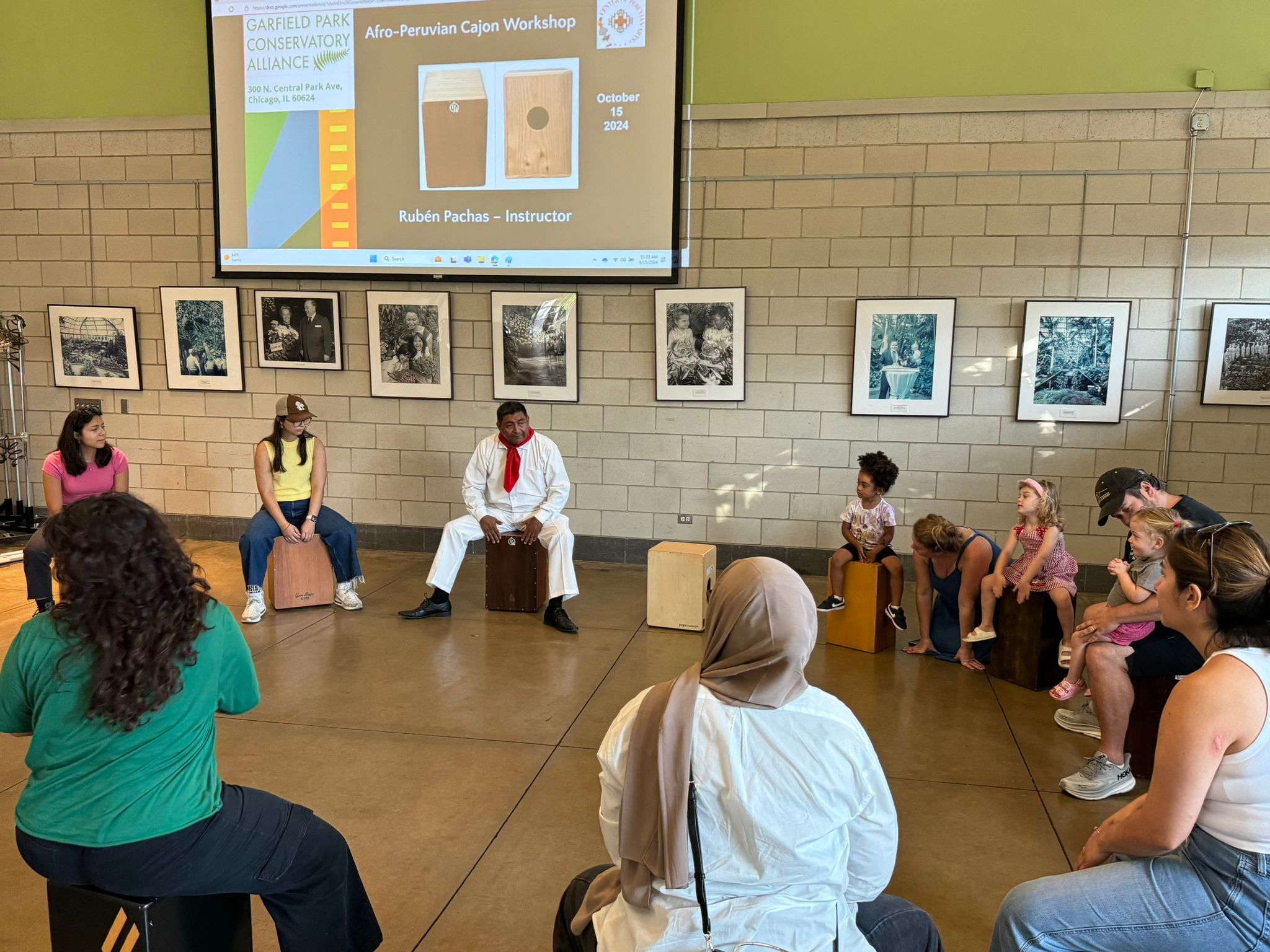In 2018, John Ploof, a professor of art education at the School of the Art Institute of Chicago, took his graduate students to a neighborhood-based afterschool event. Held in a sprawling gymnasium, African dance was the name of the game that evening. As instructors taught dance steps to kids, they invited Ploof’s class to join. “People were shy and didn’t do it. But I looked up a moment later there was Rubén, right in the middle of the crowd,” Ploof recalls.
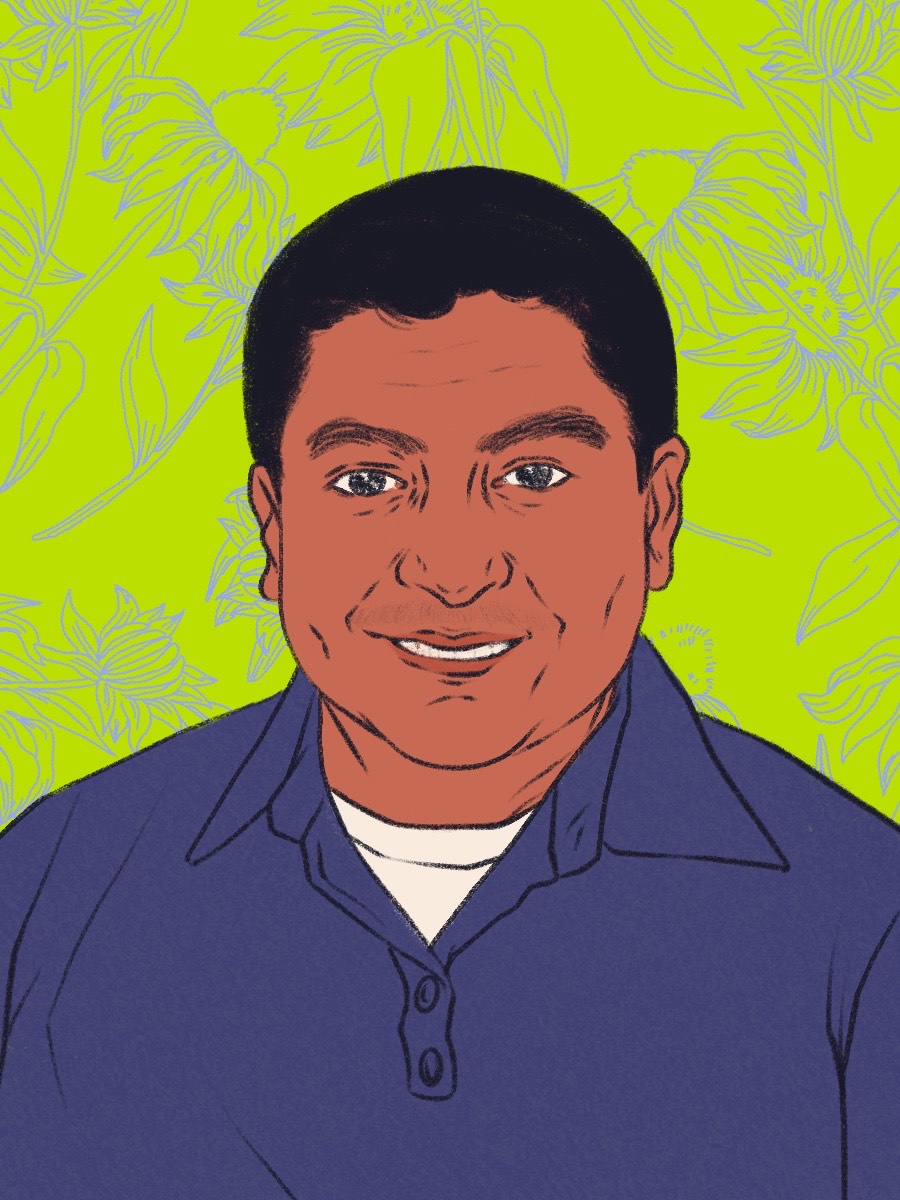
Rubén Pachas is an indigenous Peruvian dancer and the Illinois recipient of Arts Midwest’s inaugural Midwest Culture Bearers Award. Pachas’ wife, Jessica Loyaga, walks beside him in his work. The duo performed with a dance company and taught school kids in Lima before relocating to Chicago in 2005.
They worked as guest teachers with the National Louis University program in Chicago Public Schools before starting their own organization, the Peruvian Folk Dance Center, which eventually became today’s Center of Peruvian Arts. Across his work in Peru and the United States, Pachas is committed to promoting indigenous Peruvian culture through dance.
“In Peru we pass the knowledge down to the next generations using indigenous techniques,” Pachas says. That is his life’s work, which he carries out not only in schools doing cultural festivals, but also in museums, libraries, and more in Chicago and beyond. “Each institution has different ways that they want the classes or the workshops done. Sometimes they want to include a specific topic,” he adds. “One year, the topic was recycling. Another year it was African heritage around the world.”
Whatever the topic or format, Pachas relies on indigenous techniques to tell indigenous stories. Circular dances represent the full moon and Mother Earth. Linear dances speak to rows of seeds, or canals that flow with the water they need to thrive. “We even do dances [about] the water, the lake and lagoons like Lake Michigan. We have the privilege of having this kind of god—we consider the lake to be a god because it provides us with everything related to the water cycle,” he says.
Other dances speak to the collective, community efforts needed to raise the roof of a home or erect a rope bridge. While students might not be building roofs or bridges, they’re learning about the importance of community cohesion and collective effort. They’re learning lessons that still matter today, perhaps even more so in an increasingly fractured country.
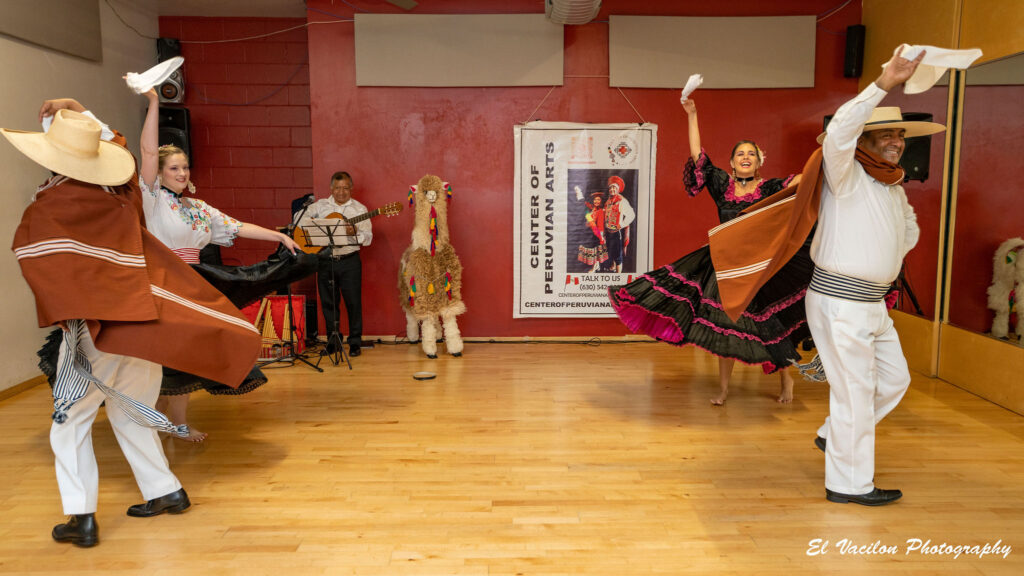
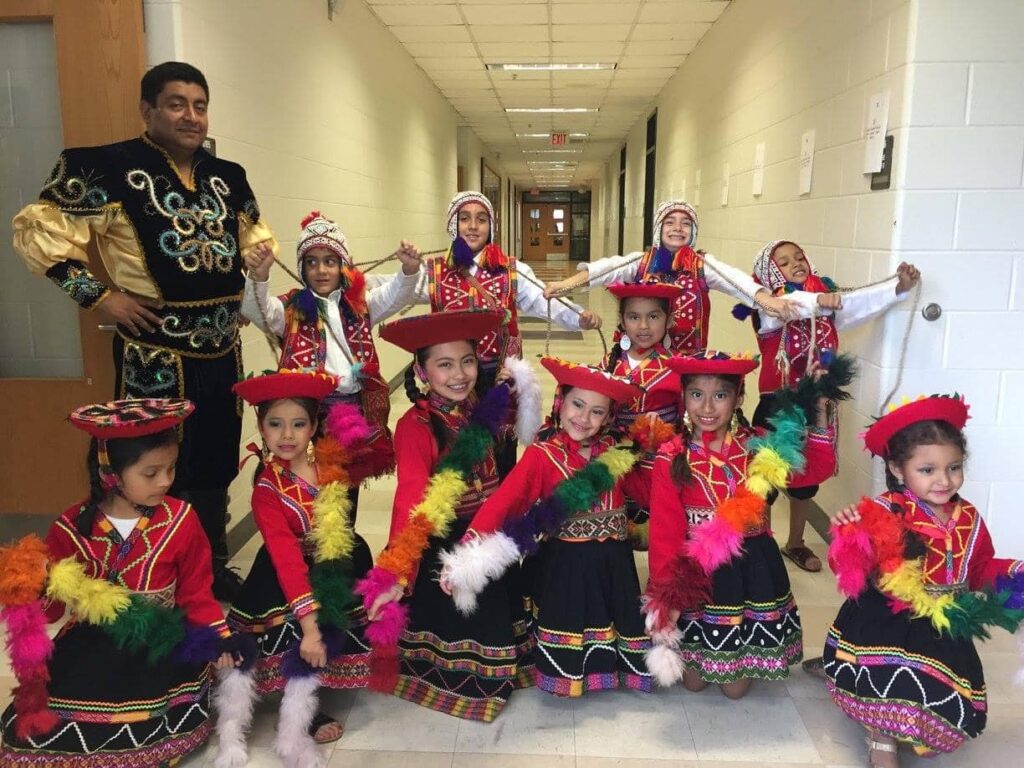
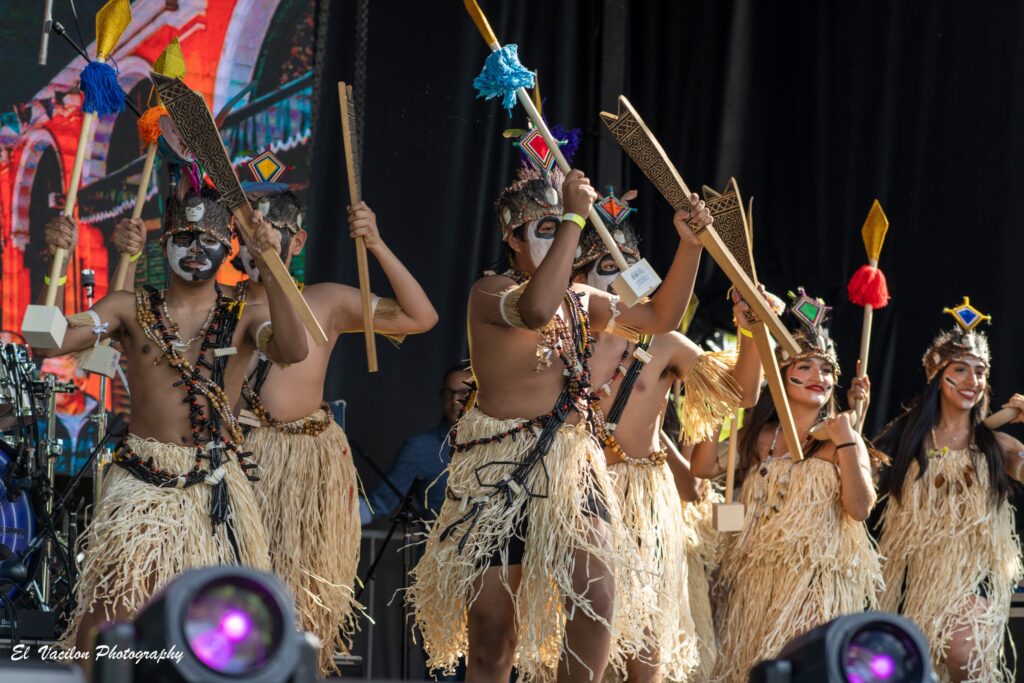
“We’re not living in our original place,” Pachas says. “So we try to continue to be traditionalist and costumbrist because we are in a place where we can spread this kind of knowledge.” In his tireless effort to pass down indigenous wisdom and values to generations tasked with caring for a planet in the throes of climate change, the culture bearers award means a lot.
“It’s very significant because no one has given me a prize like that”—one that’s from a regional entity beyond Chicago or even Illinois. “The recognition encourages me to continue with the mission of transmitting indigenous knowledge to the next generation and continuing to preserve those values.”
